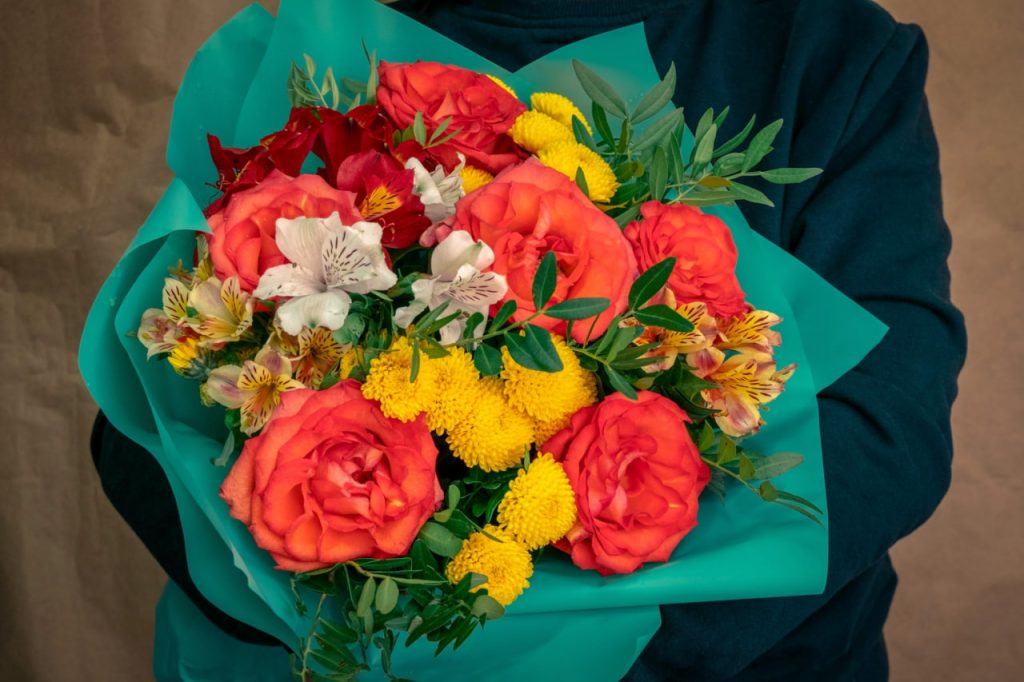Creating your own floral arrangements is a rewarding way to bring beauty, color, and life into your home. Even as a beginner, you can craft stunning bouquets and centerpieces with the right guidance and simple techniques. This guide offers practical tips to help you start designing your own floral creations confidently.
Start with the Right Tools
Before arranging flowers, gather essential tools. You’ll need sharp floral scissors or shears, a clean vase, floral tape or wire, and a container for water. Using proper tools ensures clean cuts, healthier flowers, and a professional-looking result.
Choose Fresh, Quality Flowers
Select flowers that are fresh, vibrant, and free from wilting or browning petals. Buying from local markets, florists, or garden sources ensures quality. Start with flowers that are easy to handle, such as roses, tulips, daisies, or chrysanthemums, which are beginner-friendly and versatile.
Understand Flower Types and Structures
Flowers fall into categories such as focal flowers, filler flowers, and greenery. Focal flowers are the main attraction and usually larger or more vibrant. Filler flowers add texture and volume, while greenery creates balance and depth. Understanding these roles helps you design arrangements that are visually appealing.
Plan Your Arrangement
Before cutting flowers, visualize your arrangement. Decide on the shape, height, and color palette. Simple triangular or round arrangements are ideal for beginners. Planning ahead helps you create balance and avoid overcrowding the vase.
Prepare Your Flowers Properly
Trim stems at an angle to improve water absorption and remove leaves that will sit below the waterline to prevent bacterial growth. Conditioning flowers by leaving them in water for a few hours before arranging helps them last longer and stay fresh.
Start with the Greenery
Begin your arrangement by placing greenery or foliage in the vase. This forms the base and provides structure for adding flowers. Position taller stems around the perimeter and shorter stems in the center for depth.
Add Focal Flowers
Next, add your focal flowers. Place them strategically to create a balanced, eye-catching design. Rotate the vase as you work to ensure the arrangement looks attractive from all angles.
Incorporate Filler Flowers
Add filler flowers to fill gaps, create texture, and complement the focal flowers. Use varying heights and directions to avoid a flat appearance. This step enhances the fullness and richness of your bouquet.
Consider Color and Balance
Choose colors that harmonize or create contrast based on your desired effect. Avoid overcrowding similar colors in one area; distribute them evenly to maintain balance. Play with proportions to achieve a pleasing composition.
Maintain Your Arrangement
Change the water regularly and recut stems every few days to prolong the life of your flowers. Keep arrangements away from direct sunlight, drafts, and ripening fruit, which can accelerate wilting. Proper maintenance ensures your creation stays fresh and beautiful longer.

